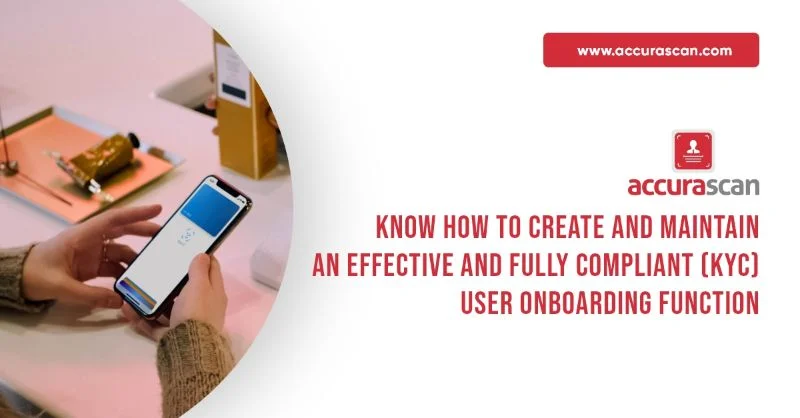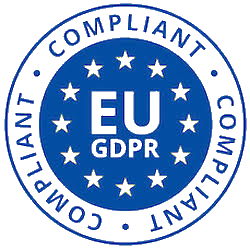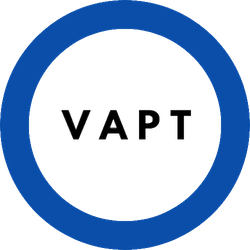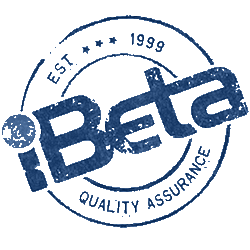If you are an online enterprise, or a digital entrepreneur, irrespective of your field, you need to have some knowledge on creating and maintaining an operational and fully compliant onboarding function. Having an effective client onboarding functions will help you create the best first impression with your new customers, and have a long-lasting work relationship with them.
Client Onboarding
Do not be confused, if you are new to this concept. You are needed to integrate several things into your general onboarding procedures. Regulatory compliance, Know your customer (KYC) and client due diligence (CDD).
In short, when you bring a new customer into your business, or onboard, that is when you apply the onboarding process.
Below are some few tips to a fully compliant onboarding function:
1. Know Why You Should Create An Effective Onboarding And Its Benefits
The digital market is currently very competitive, irrespective of the sectors. When you lack a competent and sentimental process of onboarding, you may appear confused before your client, and frustrate him/her, and end up losing them.
Therefore, you should note the following:
• A rapid and efficient onboarding process will help you onboard high volumes of new clients, and at a faster rate
• Let your organization meet the requirements of compliance
• Result positively.
• Call in the experts
This is how most people do it, to ensure full CDD. They call upon independent experts services, who are specialized to ensure the best CDD needs are met. Make sure you use a well-known, professional organization.
Renowned organizations have the required resources and will help you meet the KYC requirements.
2. Gather As Much Information As Possible
Take note that the data must be relevant. Otherwise, collecting as much data as possible, about your customer, will help prevent fraud cases. Again, in regards to CFT and AML requirements, you ensure compliance and general security.
3. Understand How The Whole Process Works
The process is normally divided into stages
Stage 1
Gather the customer’s identification documents, and relevant information
Stage 2
Data authentication and ID verification process begin here. Background checks, such as the previous employment history and financial transactions.
Stage 3
Dig into investigating the customer’s past. This is where any cases of fraudsters in the past will be detected. Any activities that could raise red flags alarm may also be detected in this stage.
Stage 4
The result gotten in the above is used here, to analyze the clients, and rate them either as of high risk, medium risk, or low risk.
The processes involved in KYC and onboarding are not necessarily about the financial sector only. They are meant to improve or help you realize ways through which you can avoid, or reduce the risk of loss through fraud, and create better and effective onboarding function.
As long as you are a digital entrepreneur and you make transactions online, you need to secure the risk s you take with your clients. We hope that the above few steps will guide you through your journey.


























